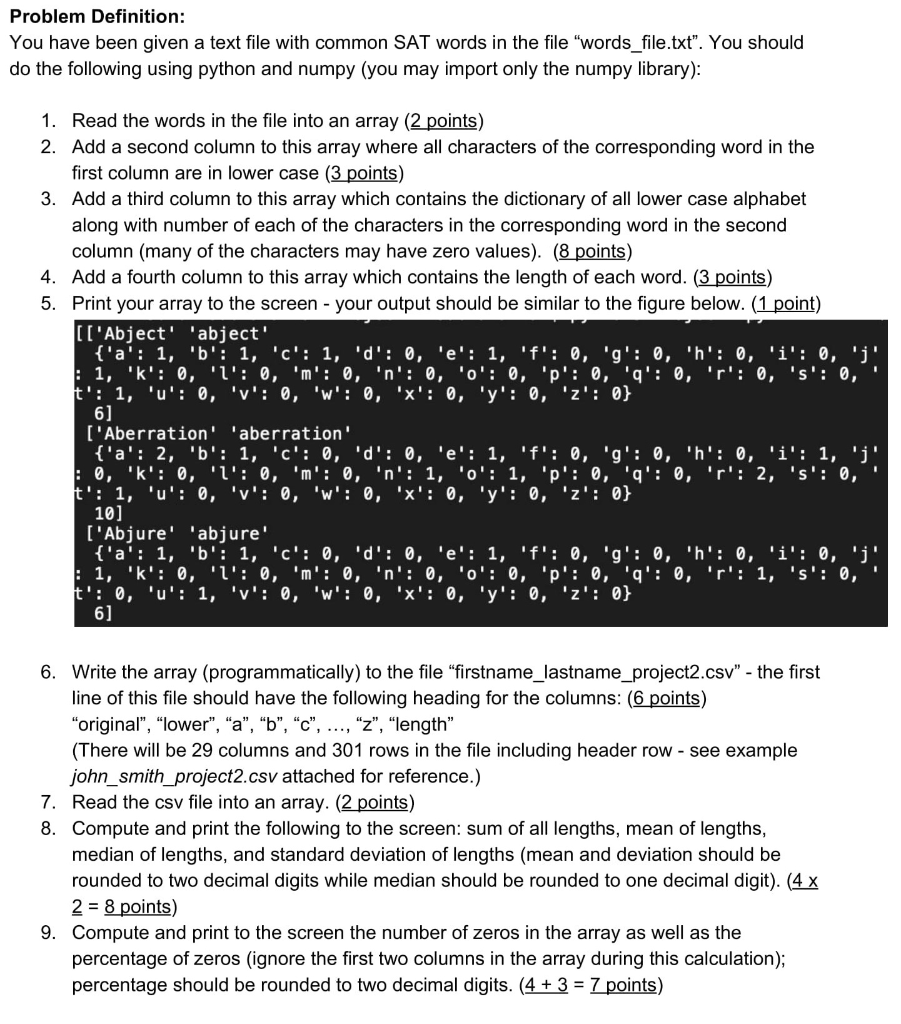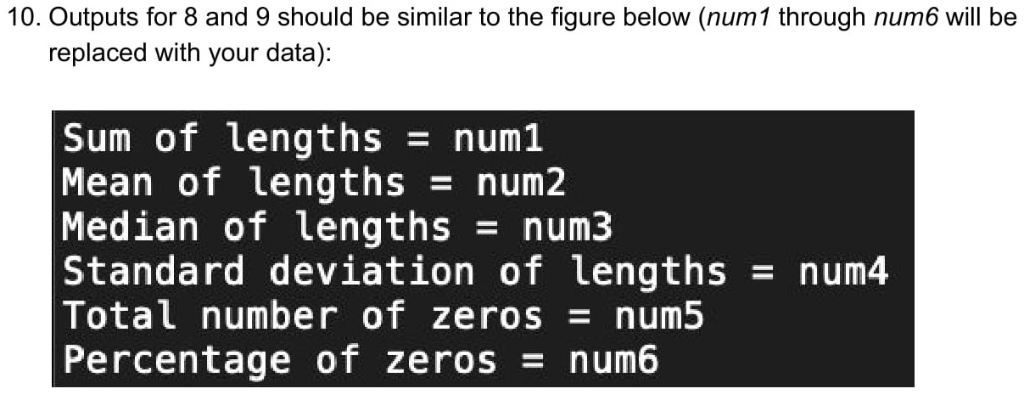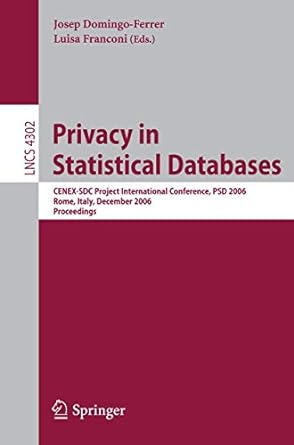Question
words.txt Abject Aberration Abjure Abnegation Abrogate Abscond Abstruse Accede Accost Accretion Acumen Adamant Admonish Adumbrate Adverse Advocate Affluent Aggrandize Alacrity Alias Ambivalent Amenable Amorphous Anachronistic


words.txt
Abject Aberration Abjure Abnegation Abrogate Abscond Abstruse Accede Accost Accretion Acumen Adamant Admonish Adumbrate Adverse Advocate Affluent Aggrandize Alacrity Alias Ambivalent Amenable Amorphous Anachronistic Anathema Annex Antediluvian Antiseptic Apathetic Antithesis Apocryphal Approbation Arbitrary Arboreal Arcane Archetypal Arrogate Ascetic Aspersion Assiduous Atrophy Bane Bashful Beguile Bereft Blandishment Bilk Bombastic Cajole Callous Calumny Camaraderie Candor Capitulate Carouse Carp Caucus Cavort Circumlocution Circumscribe Circumvent Clamor Cleave Cobbler Cogent Cognizant Commensurate Complement Compunction Concomitant Conduit Conflagration Congruity Connive Consign Constituent Construe Contusion Contrite Contentious Contravene Convivial Corpulence Covet Cupidity Dearth Debacle Debauch Debunk Defunct Demagogue Denigrate Derivative Despot Diaphanous Didactic Dirge Disaffected Discomfit Disparate Dispel Disrepute Divisive Dogmatic Dour Duplicity Duress Eclectic Edict Ebullient Egregious Elegy Elicit Embezzlement Emend Emollient Empirical Emulate Enervate Enfranchise Engender Ephemeral Epistolary Equanimity Equivocal Espouse Evanescent Evince Exacerbate Exhort Execrable Exigent Expedient Expiate Expunge Extraneous Extol Extant Expurgate Fallacious Fatuous Fetter Flagrant Foil Forbearance Fortuitous Fractious Garrulous Gourmand Grandiloquent Gratuitous Hapless Hegemony Heterogenous Iconoclast Idiosyncratic Impecunious Impetuous Impinge Impute Inane Inchoate Incontrovertible Incumbent Inexorable Inimical Injunction Inoculate Insidious Instigate Insurgent Interlocutor Intimation Inure Invective Intransigent Inveterate Habitual Irreverence Knell Laconic Largesse Legerdemain Libertarian Licentious Linchpin Litigant Maelstrom Maudlin Maverick Mawkish Maxim Mendacious Modicum Morass Mores Multifarious Nadir Negligent Neophyte Noisome Noxious Obdurate Obfuscate Obstreperous Officious Onerous Ostensible Ostracism Palliate Panacea Paradigm Pariah Partisan Paucity Pejorative Pellucid Penchant Penurious Pert Pernicious Pertinacious Phlegmatic Philanthropic Pithy Platitude Plaudit Plenitude Plethora Portent Potentate Preclude Predilection Preponderance Presage Probity Proclivity Profligate Promulgate Proscribe Protean Prurient Puerile Pugnacious Pulchritude Punctilious Quaint Quixotic Quandary Recalcitrant Redoubtable Relegate Remiss Reprieve Reprobate Rescind Requisition Rife Sanctimonious Sanguine Scurrilous Semaphore Serendipity Sobriety Solicitous Solipsism Spurious Staid Stolid Subjugate Surfeit Surreptitious Swarthy Tangential Tome Toady Torpid Travesty Trenchant Trite Truculent Turpitude Ubiquitous Umbrage Upbraid Utilitarian Veracity Vestige Vicissitude Vilify Virtuoso Vitriolic Vituperate Vociferous Wanton Winsome Yoke Zephyr Wily Tirade
Problem Definition: You have been given a text file with common SAT words in the file "words_ file.txt". You should do the following using python and numpy (you may import only the numpy library) 1. Read the words in the file into an array (2 points) 2. Add a second column to this array where all characters of the corresponding word in the first column are in lower case (3 points) 3. Add a third column to this array which contains the dictionary of all lower case alphabet along with number of each of the characters in the corresponding word in the second column (many of the characters may have zero values). (8 points) 4. Add a fourth column to this array which contains the length of each word. (3 points) 5. Print your array to the screen your output should be similar to the figure below. (1 point) [I'Abject' 'abject' 6] ['Aberration''aberration 10] ['Abjure' 'abjure 6] 6. Write the array (programmatically) to the file "firstname_lastname_project2.csv" - the first line of this file should have the following heading for the columns: (6 points) "original", "lower", "a", "b", "", , "z", "length" (There will be 29 columns and 301 rows in the file including header row - see example john_smith_project2.csv attached for reference.) 7. Read the csv file into an array. (2 points) 8. Compute and print the following to the screen: sum of all lengths, mean of lengths, median of lengths, and standard deviation of lengths (mean and deviation should be rounded to two decimal digits while median should be rounded to one decimal digit). (4 x 2-8 points) 9. Compute and print to the screen the number of zeros in the array as well as the percentage of zeros (ignore the first two columns in the array during this calculation); percentage should be rounded to two decimal digits. (4+ 37 points) 10. Outputs for 8 and 9 should be similar to the figure below (num1 through num6 will be replaced with your data): Sum of lengths numl Mean of lengths num2 Median of lengths num3 Standard deviation of lengthsnum4 Total number of zeros = num5 Percentage of zerosnum6Step by Step Solution
There are 3 Steps involved in it
Step: 1

Get Instant Access to Expert-Tailored Solutions
See step-by-step solutions with expert insights and AI powered tools for academic success
Step: 2

Step: 3

Ace Your Homework with AI
Get the answers you need in no time with our AI-driven, step-by-step assistance
Get Started


